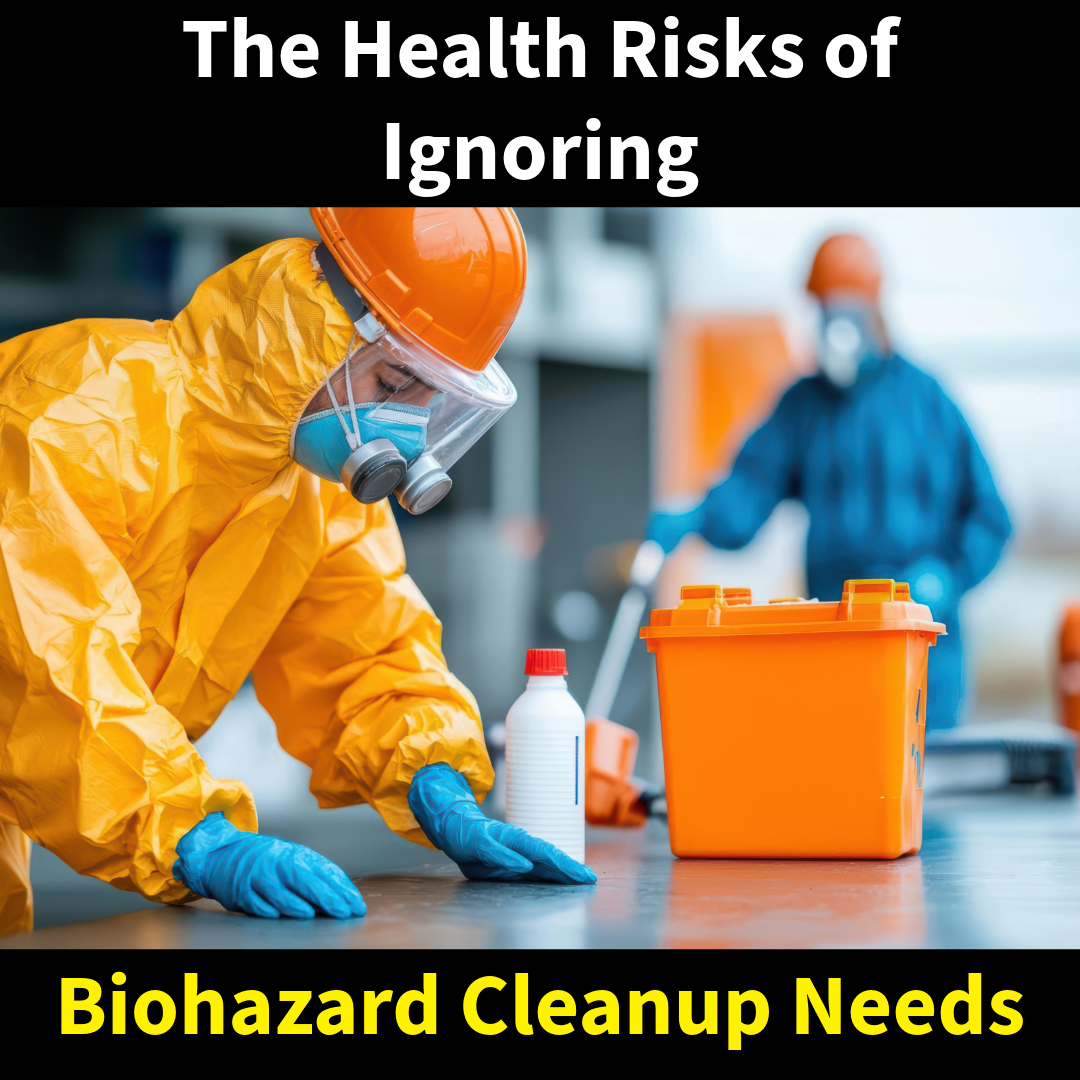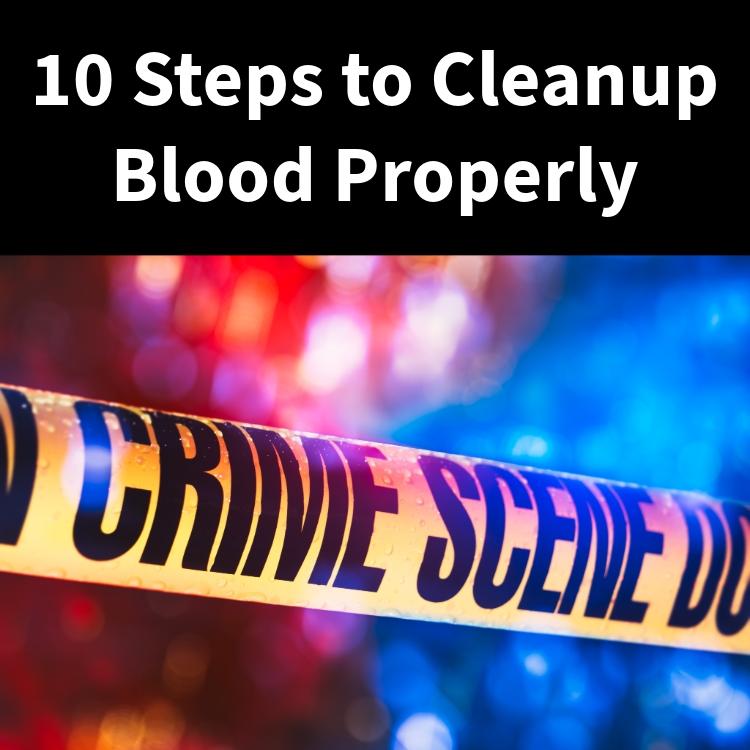When most people hear “biohazard cleanup,” their mind jumps straight to what they’ve seen on TV—guys in hazmat suits mopping up blood, dramatic lighting, maybe a suspenseful soundtrack in the background. Crime scene shows and true crime documentaries often gloss over the reality of trauma and biohazard cleanup, presenting it as fast, easy, and—worse—something the average person could handle themselves. The truth? Biohazard cleanup is nothing like what you see on screen. And trying to clean it yourself can be not only emotionally damaging but physically dangerous.
TV Myth #1: “A mop and bleach will take care of it.”
One of the most dangerous misconceptions is that standard household cleaners are enough to disinfect a scene involving blood, bodily fluids, or other hazardous biological matter. Reality: Biohazard cleanup requires hospital-grade disinfectants, specialized equipment, and trained professionals who know how to safely decontaminate and dispose of hazardous waste according to state and federal regulations. Bloodborne pathogens like Hepatitis B, Hepatitis C, and HIV can survive on surfaces for days—sometimes longer—if not properly cleaned.
TV Myth #2: “You can clean it up and move on like nothing happened.”
TV often skips the aftermath of a tragedy, moving right past cleanup and into the next storyline. But for families affected by an unattended death, suicide, or violent crime, the trauma doesn’t end when law enforcement leaves. Reality: Cleaning up after a traumatic event isn’t just a technical task—it’s an emotional minefield. The psychological toll of seeing, smelling, or handling biological remnants of a loved one’s passing can lead to long-term emotional distress or even PTSD. Hiring trained, compassionate professionals protects families from that burden.
TV Myth #3: “There’s no harm in doing it yourself.”
Some shows depict family members or landlords just rolling up their sleeves and handling the cleanup themselves. Not only is this wildly inaccurate—it’s also unsafe. Reality: DIY cleanup exposes you to serious risks, including:
- Bloodborne pathogens and communicable diseases
- Airborne contaminants from decomposition
- Cross-contamination through improper handling
- Legal consequences for improper disposal of biohazard waste
Professionals are trained not just in cleaning, but in containment, disinfection, PPE use, and waste transport.
What Makes a Real Biohazard Cleanup Team Different
At MSI, we approach every trauma or biohazard scene with three goals:
- Disinfect and restore the space to a safe, habitable condition
- Protect the emotional well-being of those affected by handling the job with discretion and empathy
- Ensure full compliance with OSHA, EPA, and state health department guidelines
We’ve seen what happens when people try to handle these scenes without proper training—and it’s never worth the risk.
Biohazard cleanup isn’t just a cleaning job—it’s a health hazard, a legal responsibility, and an emotional trauma all rolled into one. TV might make it look easy, but the reality is far more serious. If you’re ever faced with the aftermath of a traumatic event, don’t go it alone. Let trained professionals handle it safely, thoroughly, and respectfully.





